 | Grid Trading 201 - a how to crypto article by MalletSwinging*** Feb 2023 Note **\* This is a 2023 update of a post I made almost two years ago. It is long and there is a lot of information here. I do find value in DCA and hold strategies but that is not what this article is about. If you are a DCA and hold type or if you hate reading long albeit well written original content this is probably not the post for you so please just proceed to spitefully downvote me and stop reading. I won’t even be mad at you. If you are interested in what I believe (as a professional equities trader, not that it matters or you should take my word for it) is a -relatively- safe and profitable way to trade crypto, read on! You might learn something useful or you might think I’m just full of shit. Maybe those aren’t mutually exclusive. I do believe this method of trading is a harmonious middle ground between dollar cost averaging with no exit strategy and yolo day trading and that’s why I am making this post. When this post was made I was using 3commas as my main grid trading tool. After 3commas had a massive data breach and thousands of API keys were stolen in November 2022 I can no longer recommend them. Additionally, Gate.io currently does not allow Americans to use their platform any more so I no longer use them for grid trades and instead have moved to Kucoin. It took me a long time to make my original example graphics which were made using 3commas and Gate. In the interest of historical context and my own time I have elected to use the originals and refrain from creating new images. You should be able to figure out the logistics of using another grid trading option based on the context given in these examples. There is also one hilarious ADA/USD example in this article. Will ADA/USD ever return to the spot price it had reached when I made the example? I don’t fucking know, but the graphics and underlying principals remain and therefore I will leave them in. The two grid trading tools I currently use are Bitsgap and the integrated option on Kucoin. As a disclaimer of personal investment I actively run this type of trade on BTC/USD and ETH/USD as of Feb 2023. *** End Feb 2023 note When I was learning about crypto, like many people new to the space I was curious about day trading. I had professional trading experience in other markets but felt uncomfortable with some aspects of trading crypto, specifically how much faster and volatile it is than the stock market and how it runs 24 hours a day. The amount of money one can gain or lose in a short period of time is shocking compared to more traditional markets. I did a lot of research and decided to jump into grid trades as a kicking off point. In this post I want to go over the following:
ForewarningThis is a long post. It took me around five days to write up originally and another two days in Feb 2023 when I revised it. I tried to be comprehensive but I may have gone too far. Sorry! What is a grid trade?A grid trade is a series of automated buys and sells that are controlled by a piece of software called a grid bot. Grid trades are set up between two price points and spread an initial investment over a fixed number of buy and sell points called grid steps. As the spot ratio (or price if you will) of an asset pair drops, the bot will automatically make small DCA buys at each grid step. When the trend reverses and the spot price starts rising it will sell each of those small buys for a small profit according to the parameters you set up when you initially created the grid trade. As each buy or sell point is hit the grid trade will automatically set up the next appropriate buy or sell point, so you don’t need to interact with it beyond the initial setup until you are ready to cancel it. They are fun to watch as they run though! In order for a grid trade to be successful you need a lot of volatility and fortunately that is exactly what crypto has to offer. A perfect grid trade would involve a price going up and down over and over again between the two price points you set up, never breaking above or below the top or bottom points you specified in your initial setup. Unlike day trading, a grid trade doesn’t require timing the market correctly or staying up all night to make risky moves whilst pissing off your significant other. Instead, it is solely based on the current price ratio of two currencies and a series of mathematically spaced buy and sell points that make up your ‘grid.’ It is often conducted with a crypto/stablecoin or crypto/fiat pair like BTC/USDT or ADA/EUR but there are other non-fiat crypto pairs some exchanges offer as well that will work well with this strategy. To set up a grid trade you start by picking a coin pair to trade. As I mentioned it's common to use a unit of fiat or a stablecoin as the righthand asset in a pair but you can also use ETH, BTC or any other coin/token your exchange of choice allows as a righthand currency. The lefthand asset can be anything you want to trade. More volatility in a pair is good for grid trades. For simplicity I am going to use USD as the righthand currency in all of my examples in this document, though this is certainly not the only way to show profits using this strategy. In fact, one of the more interesting ways to use this type of tool is to trade any other coin against BTC or ETH because then you can completely cut fiat out of the equation and just trade two cryptocurrencies based on their strength vs each other. A grid trade has a few parameters to set up. Most of the available tools will do this for you through a suggested settings or AI settings option, though I personally prefer to set them myself because the computed values typically only represent what has already happened and not what is likely to happen based on news or upcoming market momentum in either direction. It's not a bad idea to get started using automated parameters if you are uncomfortable picking them yourself. The parameters that are required are: Top price - this is the upper price limit of the grid trade. When current price goes above this number, you will have all of your assets in the righthand coin in your coin pair. I'll go into this in more detail below. Bottom price - this is the lower price limit of the grid trade. When current price drops below this number, you will have all of your assets in the lefthand coin in your coin pair. Number of grid steps – this is the number of buy and sell points that will be in your grid trade. You should always figure out your top price and bottom price before you set the number of steps in your grid trade because the steps need to be close enough together that they will get hit often but far enough away to ensure you still make profit after paying two exchange trading fees (one for the buy and one for the sell.) If I were to use Kucoin to trade the default fees are 0.1% for each buy or sell transaction, meaning that I would pay 0.2% ‘roundtrip’ for one complete grid step transaction. If I were to set my steps 0.3% apart, I would get lots of transactions but I’d be paying two thirds of my profit to Kucoin and that is obviously not what I want to do. I typically aim for ~1%-ish on average between steps but you should evaluate the fees you pay and set this according to your personal preference. I will give an example of how I might set this up below. *** Feb 2023 note on grid step spacing **\* Binance.us currently has a tiered pair fee structure in which BTC/USD and ETH/USD are considered tier 0. Tier 0 pays absolutely no transaction fees whatsoever and in this way represents a unique opportunity for a grid trade using small steps. I mentioned at the very beginning of this document that I am actively trading ETH/USD and BTC/USD – I bet you can’t guess where I’m doing that! What this means is that if you use these pairs on Binance.us you can set your grid steps very close to each other as you won’t be paying fees on each trade so you don’t have to cover the 0.2% roundtrip cost I outlined in the Kucoin example I made above. Your roundtrip fees will be 0%. You will end up with a ton of small, profitable transactions and pay absolutely nothing in exchange fees. There are reasons you would or wouldn’t want to set your grid spacing tightly. I could go into the math behind it but it’s pretty convoluted. If you want more info on this please comment on this post and I’ll upload a jpg of a spreadsheet I made that shows the pros and cons of making micro vs more macro grid steps. The gist of it is that smaller grid steps result in more transactions on pairs with lower volatility, but lower overall profits on pairs with higher volatility. On BTC/USD I use smaller steps (in terms of percentage of spot price) than I would on MATIC/USD because MATIC/USD is usually much more volatile than BTC/USD. *** End Feb 2023 note on grid spacing **\* Advanced tip grid spacing tip: The actual number of buy points or sell points is one fewer than whatever you put here, because the bottom point will be a buy-only point and the top point will be a sell-only point. If I use ten grid steps I will see all ten steps on my grid visually. There will be nine buy points and nine sell points, with the middle eight of those ten points being both buy and sell points, the top one being sell only and the bottom one being buy only. It’ll make more sense when we get into an example. Total investment – this is the amount you want to use for the grid trade, measured in the righthand coin in your pair. If I was trading BTC/USD my investment would be measured in USD. There are some other settings you might see as well. In this example I made using 3commas there is an option called quantity per grid. This setting will be autofilled when you fill in the total investment section. It refers to the amount of the lefthand coin bought or sold at each grid step and can be filled in manually but it’s usually a lot quicker to just fill in the total investment field. Here’s a picture of a sample grid trade on ADA/USD that assumes that ADA is currently priced around $2.10 (*** 2023 me thinks this is fucking hilarious.) Note that these are not values I would use for an actual grid trade, I just use them here because it will make my examples easier to read. In a live grid trade on ADA/USD I would likely not use these parameters. Pro tip: don't use 3commas for anything other than creating article graphics The next picture I have for you is a visual representation of the grid itself. It shows you each of the buy and sell points. As each buy point is reached by the price dropping, a new sell order will automatically be place at the next grid step above it. Similarly, as the price rises and each sell point is reached a new buy order will be place at the next grid step below it. At the time I took this picture the ADA/USD spot price was at $2.0734. Each of the yellow and green lines represents a buy/sell point and they are labelled appropriately. If the price were to drop all the way to $2.00, the grid trade would purchase at $2.0644, $2.0322 and then finally at $2.00. You would then see all of the grid steps represented as sell points. It would sell the $2.00 buy at $2.0322, the $2.0322 buy at $2.0644 and so on. Advanced tip: $2.00 is the bottom grid step and because of this it will never be a sell point, only a buy point. Similarly $2.29 is the top grid step and will never be a buy point, only a sell point. This is what I mentioned earlier in the document and I hope this clears that up. When does it make sense to use a grid trade?The best situation to use a grid trade is when you find a situation where a coin is bouncing up and down hard between two points but never dropping outside of that range. This can be in a relatively neutral market or it can just be a coin pair that has a lot of micro volatility but not a lot of macro volatility. *** 2023 note: right now there is a lot of macro volatility on everything so I have my grid steps set further apart than I did when BTC was around 16k for a few months. Earnings on this type of trade are called grid yield or signal trading profits and I think of them as a form of dividend. They are paid in the righthand currency of your trading pair. Each time a buy and subsequent sale is reached you make a little bit of profit which is added to your trading account. The equation is: ((Total investment / (number of grid steps -1)) * distance between steps) – trade fees So, if I put $1000 into a grid trade that has 11 steps and my steps are evenly spaced out 2% from each other, it would look like this: $1000 / (11-1) = $100 placed at each grid step $100 * 2% = $2 per grid step reached before fees. If you are paying 0.15% per roundtrip transaction on you have to take out $0.15 from each step because the fee is paid on all $100 of the per-step trade amount. This makes your final take $1.85 per grid step. This doesn’t sound like a lot but there are ultra-volatile times when you will get a couple of grid steps an hour. If you get 20 grid steps per day you’ve made $37, or 3.7% on your $1k investment in a 24 hour period with no net price movement and this is a very real possibility when using a grid trade on the right coin pair at the right time. When to avoid using a grid tradeGrid trades are best in relatively neutral markets with lots of micro volatility but no real major price swings. They are NOT great in downmarkets although if you plan to long term DCA and hold you can definitely make a few bucks on grids during relief bounces on the way down. Still, be wary when doing this as you can end up selling all of your coins at a loss if the price suddenly rises. Grid trades are also not a good idea when a coin is going straight up on a macro level. In these scenarios it’s always better to just buy and hold instead of using a grid as you will net quite a bit more money selling all of your buy later instead of DCAing out of it as the price rises meteorically which is essentially what you are doing. Pros of grid trades
Cons of grid trades
Where can I grid trade?I’ve personally used three tools and all of them are slightly different in terms of their interfaces and features. I’ll try to give a short synopsis of each one. Gate.io *** 2023 update: Gate.io is no longer available for American customers. If you live outside the US this exchange may still be an option for you. Gate.io is a centralized exchange that offers a built in grid trading tool. The nice thing about it is that the tool is free and has solid unique options like the ability to choose either an arithmetic or geometric grid setup option. I like geometric because you get normalized returns across the entire trade. The downside is that Gate charges more per transaction than Binance, so if you are dealing with a lot of money it might make sense to use one of the other two options. Kucoin Kucoin is a centralized exchange that is currently (as of Feb 2023) still available to Americans. I don’t trust it all that much personally because it is completely unregulated, at least for Americans like me. There have been different speculations around their liquidity following the FTX crash in 2022 so please DYOR. They offer very competent and easy to use grid bots. 3commas *** 2023 update: I no longer recommend 3commas based on their 2022 data breach. That being said, if you hate yourself you can still use them. Their customer service is BAD and honestly, please do not use them or give them access to your accounts. I left them on here as a warning as a tool to avoid. Bitsgap Bitsgap is an API-based tool that allow grid trades on a number of exchanges including Binance.us. They offer a seven day trial so you can decide if their tool is a good fit for you. Their customer service has been great any time I’ve needed to contact them. Logistics of a grid tradeYou can think about a grid trade as a ratio between the two coins in your coin pair. Let’s use ADA/USD as our example again. Let’s assume that ADA has been bouncing around between $1 and $3, but it is currently $2. This much movement on ADA/USD is not super realistic but it will let me demonstrate my point well. *** 2023: I’m still laughing about this one. Let’s assume you decide to put $1000 into an ADA/USD grid trade. You look at the chart and see that it’s been bouncing around quite a bit in the range I mentioned above so you set your lower grid price to $1 and your upper grid price to $3. You set 11 grid steps and you put your $1000 in to start the grid bot right when the price is $2. I mentioned that a grid trade is basically a ratio of the two coins in your pair. Since in this example we are entering at $2 which is the exact midpoint between $1 and $3, at the moment you start the grid trade the bot will make five buys of $100 worth of ADA (functionally one $500 buy) at $2 per ADA and keep the other $500 as USD. At this point the ratio of your $1000 investment is 50/50 of ADA/USD. Let’s say now that the price drops to $1.80. You hit a buy point and another $100 of ADA is purchased. You now have 60% of your $1000 as ADA (your initial ADA buy is worth a little less now but for purposes of this demo let’s just say it’s roughly 60/40 with the 60% as ADA.) Here’s a shitastic little graph I made that took me way longer than it should have to demonstrate how your assets will be broken down at each price point of this grid trading range we’ve set up. The percentages represent how much of your total investment are in each respective asset at the given price point. When you factor current price and/or grid yield into the equation the graph gets a little more complicated but this is a really good visual representation of what the ratio of ADA/USD will be at any point in this trade and is completely accurate at the moment you decide to enter. If you enter in at $1.40 with the same grid parameters you will be at 80% / 20% in ADA / USD. When spot price reaches the top of the grid ($3 in this case) you will have no more ADA and all of your assets will be in USD. If the price keeps going up you will want to terminate the grid bot to free up liquidity out of buy orders and start a new one, or just take your profits and enjoy your life. If you enter in at $2 and the price drops straight down to go below the grid bottom you will have 100% of your assets in ADA with an average entry price of ~$1.75 because $500 were bought @ $2 and the other $500 would be spent on ADA with a rough average price of $1.50 (it'd be a little lower but I'm too lazy to do the exact math because you get the idea.) Still, your average entry price would be much lower than if you yolo’d all $1,000 in at $2. Grid strategyI’ve already covered parameters and that should be enough info for you to get started. Let me talk a little about how I personally set up grid trades. In a flat or neutral market, or when I expect ranging to occur followed by an eventual slow price increase I will set up grid trades. I personally wait for a dip in price and then I enter. The reason I wait is that when you enter a grid from below the bottom price point your assets will 100% be in the lefthand coin of your pair. Similarly, if you enter a grid trade from above the top price point your assets will be 100% be in the righthand coin of your pair. When you enter in somewhere in the middle and you start with the righthand asset (in this case USD) you make a one time large (sized to the percentage on the graph above) buy of the lefthand coin at whatever the current best order book price is. If I start at $2 the bot will make five $100 buys (functionally one $500 buy) of ADA. If the price goes straight up to $3, it will sell each of these $100 buys at increasingly higher amounts as I hit each grid step going up. This only happens once per sell point right after you start a grid because after that if the price drops the bot will buy ADA as it crosses the steps on its way down instead of at $2 as it did when you started your bot. It’s a nice way to start your grid off though! Conversely, if you enter in at a high point in your range and then the price drops you have lost a lot more USD because your assets are tied up in the lefthand asset of your pair at a higher entry price. For example, if I know I want my range to be $1 to $3 but I enter in at $2.80 and then the price immediately drops to $1, there won’t be a lot of meat left on the bone to make that initial comeup. For this reason I recommend that you start somewhere near the middle of your range on your first few grid trades. Once you are comfortable you can come up with an entry strategy that makes sense for you. I personally look for dips and try to enter there although that is a lot riskier than entering in the middle of an expected range. What kind of return can you expect?Just like anything else in crypto this can be a wild ride. I’ve had crazy successes with grids but I’ve also had a some failures. Before the May 2021 crash I was making quite a bit on smaller cap shitcoins. During a hard bull market like we had in the first half of 2021 you can make insane returns if your tolerance for risk is high. As soon as the market turns those returns will dry up so it's good to close your grids while you are still up if possible. If not, you can still make money on the liquidity you do have by using a grid trade with forgiving parameters. In Feb 2023, I no longer have the appetite for those ultra risky bets so I stick to assets in the top 20 by market cap. I don't really recommend shitcoins in general although they are very popular with grid traders on sites that offer lower cap coins like Kucoin and Gate and the potential for high returns paid in the righthand asset of your grid pair is extreme. If you are a gambler, have fun and be safe. Please also keep in mind that past returns don’t necessarily equal future returns! TLDRAs you can imagine I can’t really summarize this up. If you are still reading, good luck on your grids! If you just scrolled to the bottom, sorry! I know this is a wall of text but it summarizes everything I’ve learned about this type of trade and hopefully people get some use out of it. [link] [comments] |

You can get bonuses upto $100 FREE BONUS when you:
💰 Install these recommended apps:
💲 SocialGood - 100% Crypto Back on Everyday Shopping
💲 xPortal - The DeFi For The Next Billion
💲 CryptoTab Browser - Lightweight, fast, and ready to mine!
💰 Register on these recommended exchanges:
🟡 Binance🟡 Bitfinex🟡 Bitmart🟡 Bittrex🟡 Bitget
🟡 CoinEx🟡 Crypto.com🟡 Gate.io🟡 Huobi🟡 Kucoin.


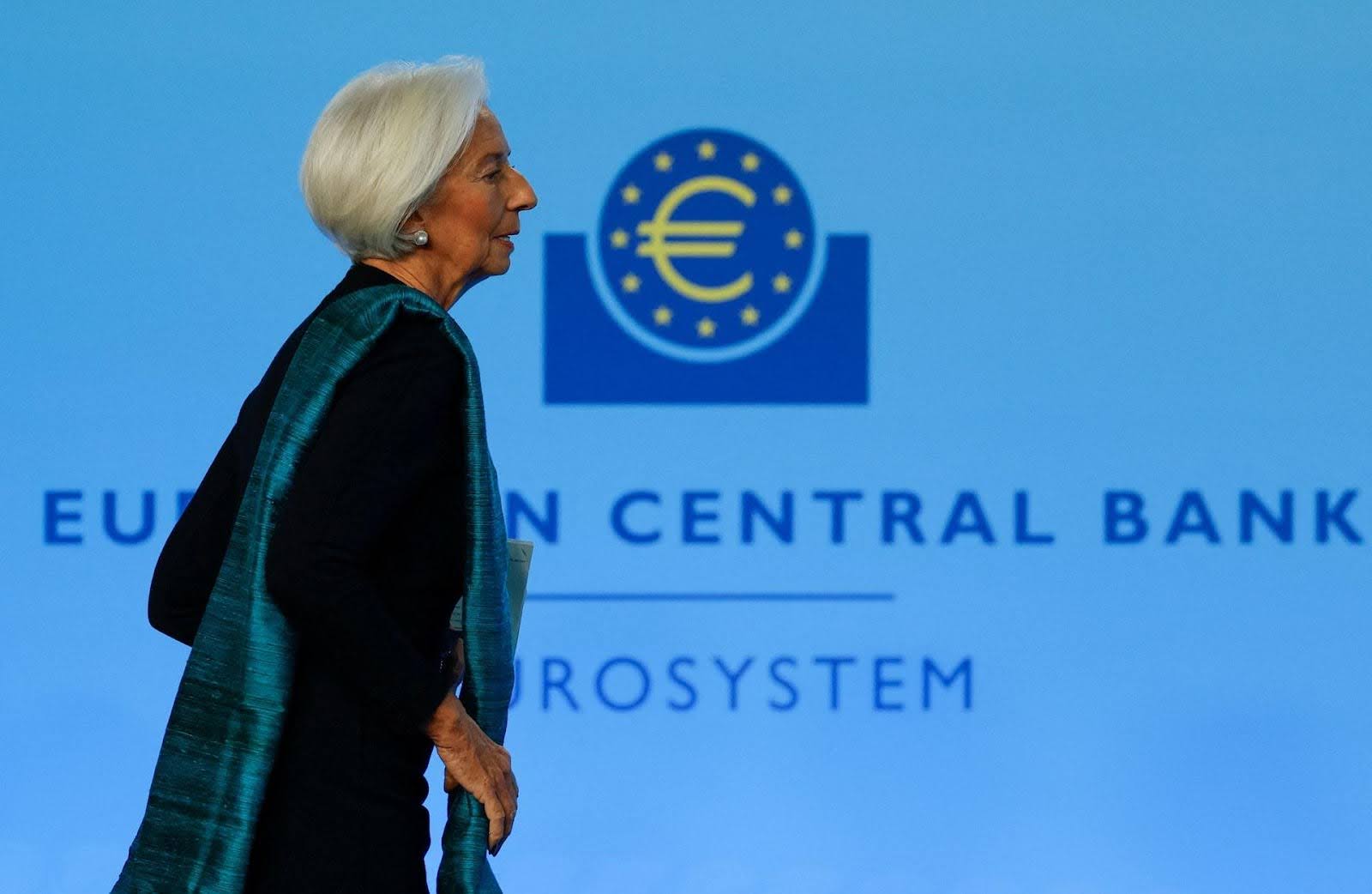


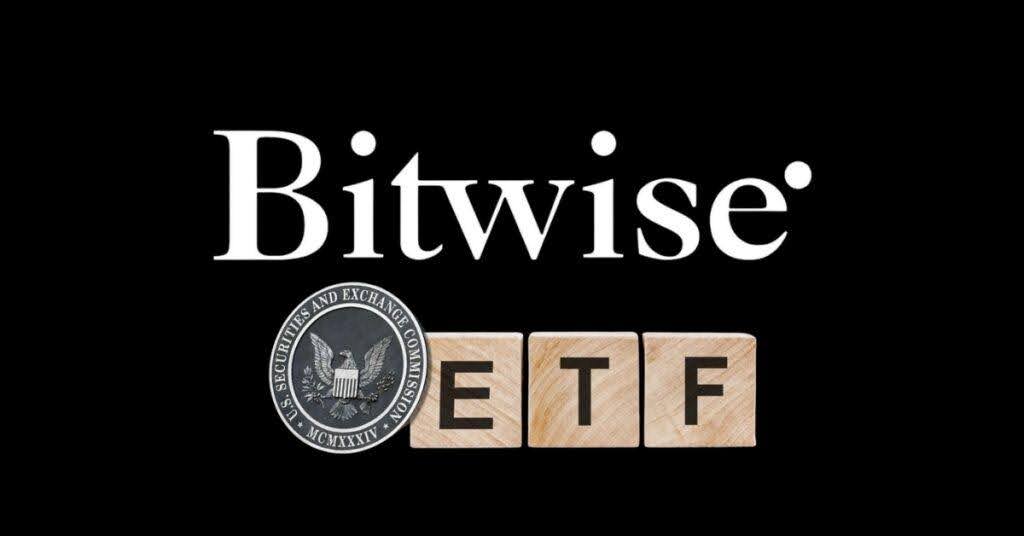

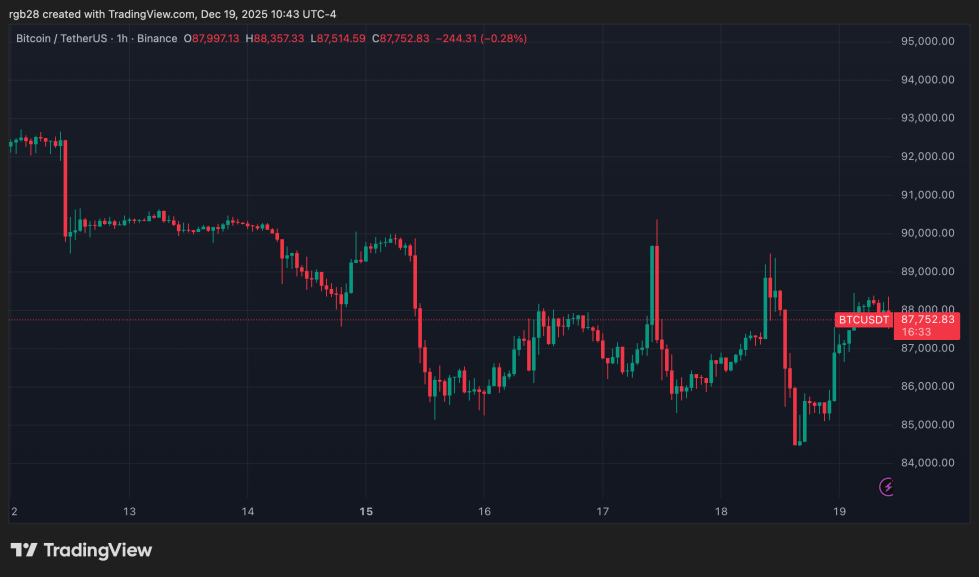
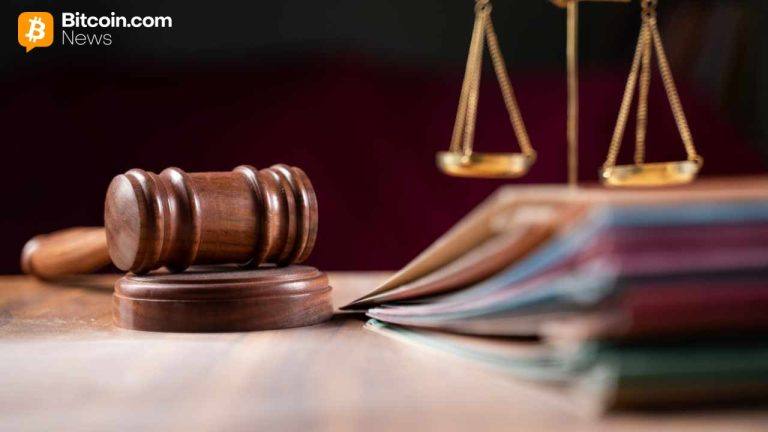

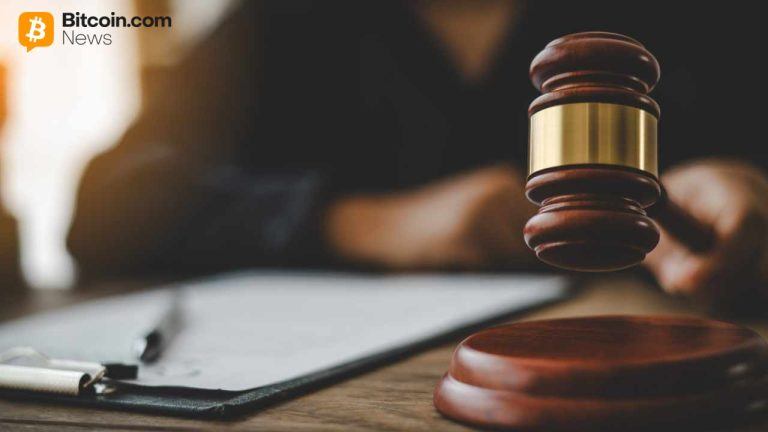



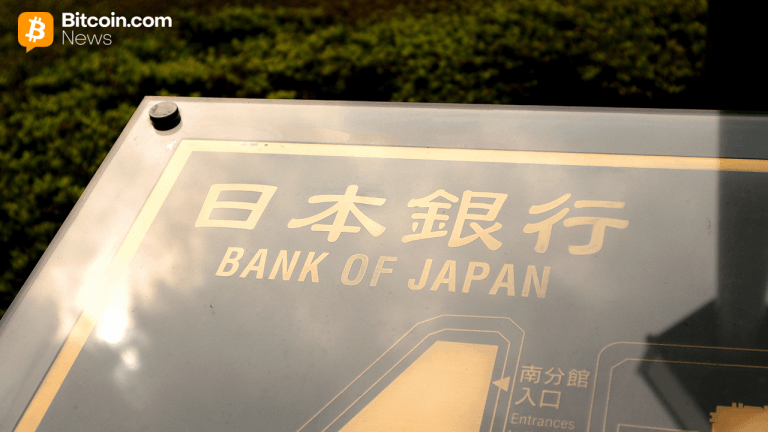


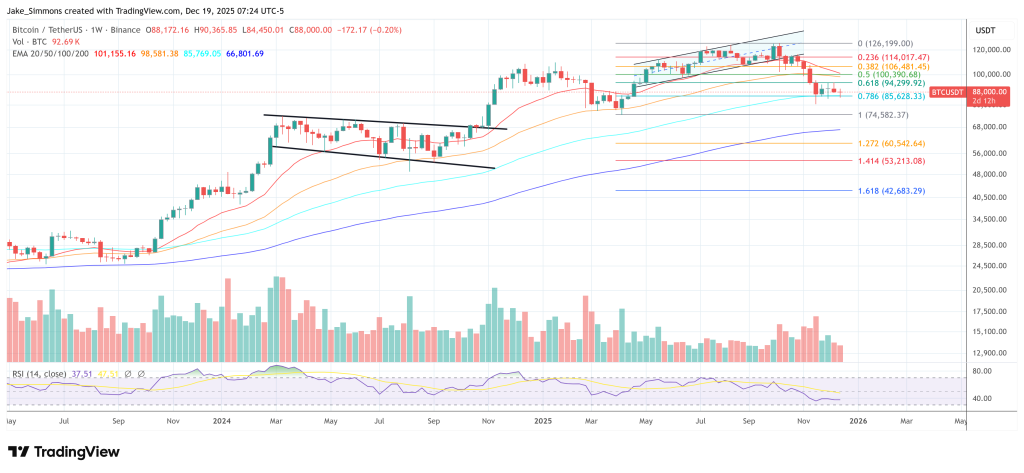


Comments